SEARCH






|
|
|
|


by Christian Roustan (Kikroune)
Caves are found around the world and in a variety of settings, from cold alpine environments to warm tropical rain forests, and are formed through a variety of natural processes.
This image was taken in Cave St Marcel – France. At this point the cave gallery changes direction by a very pronounce curve. The goal was to try to take pictures of the two directions. With my camera on a tripod, the image is in fact the result of the superposition of several exposures in order to better illuminate the entire depth of the gallery.
Throughout history men frequently explored caves.
We all have an image of cavemen living and seeking protection in grotto's. The walls of the caves were also used by our ancestors to produce frescoes.
Even if caves have been explored throughout the ages and almost everywhere in the world, we cannot speak of modern speleology until the 18th century. From this century on, speleology became a real science, involving, hydro geology, karst geomorphology, archeology, and many other sciences. At this time and age it represents one of the few natural domains where important discoveries are still to be made, often even close to big cities. Caves are very hard to access because of shafts, rivers and narrow passages, so the explorer needs to be in excellent physical condition, turning cave exploration into a sport. Anglophones make a difference between the science (speleology) and the sport (caving). Caving is one of the few sports where there is no competition. Some practice this activity for its scientific interest, others only for the sport. But one thing unites these people and that is the common passion of this particular environment, which may at first sight appear hostile.
Underground photography
Some speleologists have become photographers and some photographers have become speleologists. This is the case with one of the most famous photographers in the world: Ansel Adams, who has tried to photograph Carlsbad Cavern in New Mexico. At that occasion he said: “Something that should not exist in relation to human beings. Something that is as remote as the galaxy, incomprehensible as a nightmare and beautiful in spite of everything.”
The most important characteristic of underground photography is that the world is totally dark, no sun, just the intense black of a night without stars.
Underground, the photographic subjects are numerous, from macro shots of minuscule concretions, to surprising landscapes which some gigantic cavities will reveal. The rocks and the different shapes of erosion are also a source of inspiration. And then there are the photos of the humans who explore this mineral-rich environment.
The photographic material
By nature the underground world is humid, muddy and full of narrow passages, some even vertical, which makes it difficult to transport fragile material. For transport, speleologists use the so-called “kit bags”, supple round or oval bags. These bags can be carried on the back like a backpack and they have a thin cord to attach it to the legs when going down a shaft. When going through narrow passages the bags can be put on the ground and pulled with the cord.
The ideal camera for this work would be a waterproof camera, anti-shock, sensitive to low light and with the capacity to synchronize extern flashes. To my knowledge such a camera is not on the market.
Most of the speleology photographers use a professional or semi-professional reflex camera with a robust and water-resistant body.
As far as lenses are concerned: a wide angle with a bit of zoom is very practical. In confined spaces like the caves it is often impossible to step back far enough. A wide angle will give you a much broader view and the zoom will give you the opportunity to take some portraits or some details without the need of changing lenses. Imagine that you have been walking in the mud, surrounded by clay and you can see that small particles of clay will be all over your material. In such humid and dusty conditions it is not advisable to change lenses.
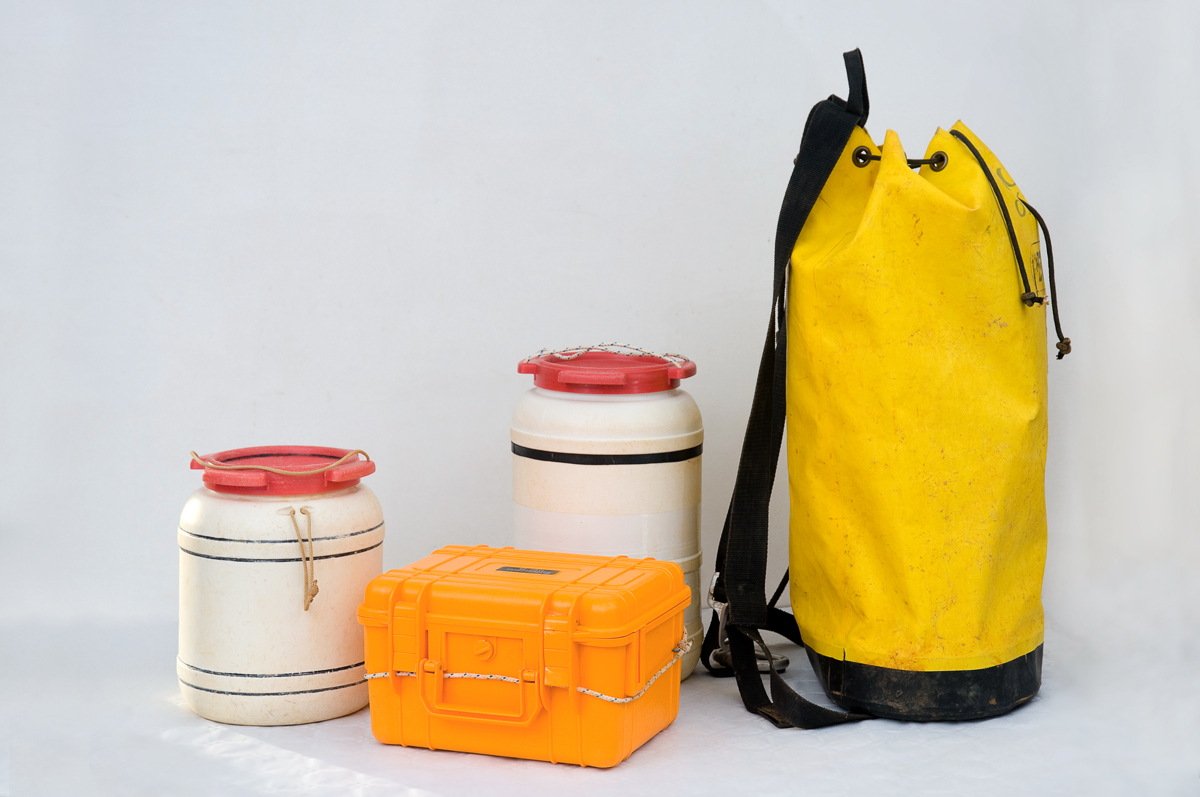 The yellow kit bag can contain a waterproof case (for the DSLR) and a waterproof bottle with some small accessories.
The yellow kit bag can contain a waterproof case (for the DSLR) and a waterproof bottle with some small accessories.
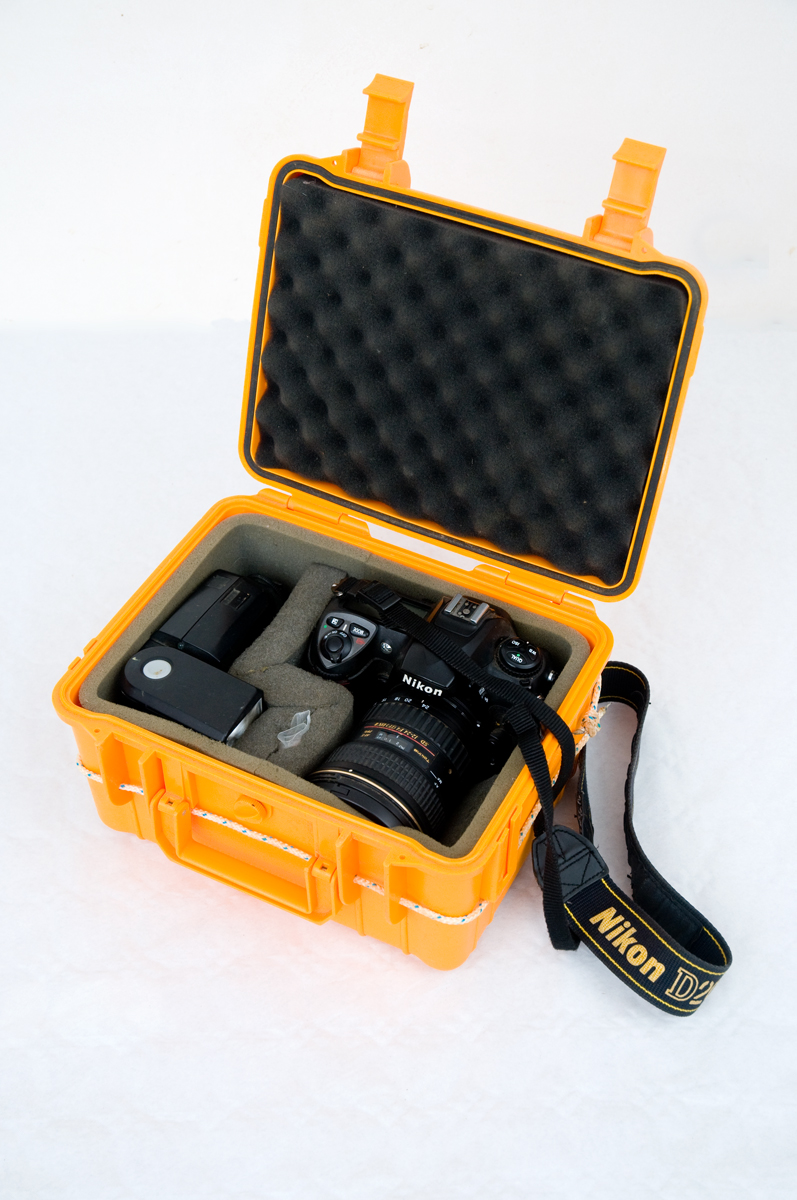 Waterproof and shock-proof case containing a DSLR and flash.
Waterproof and shock-proof case containing a DSLR and flash.
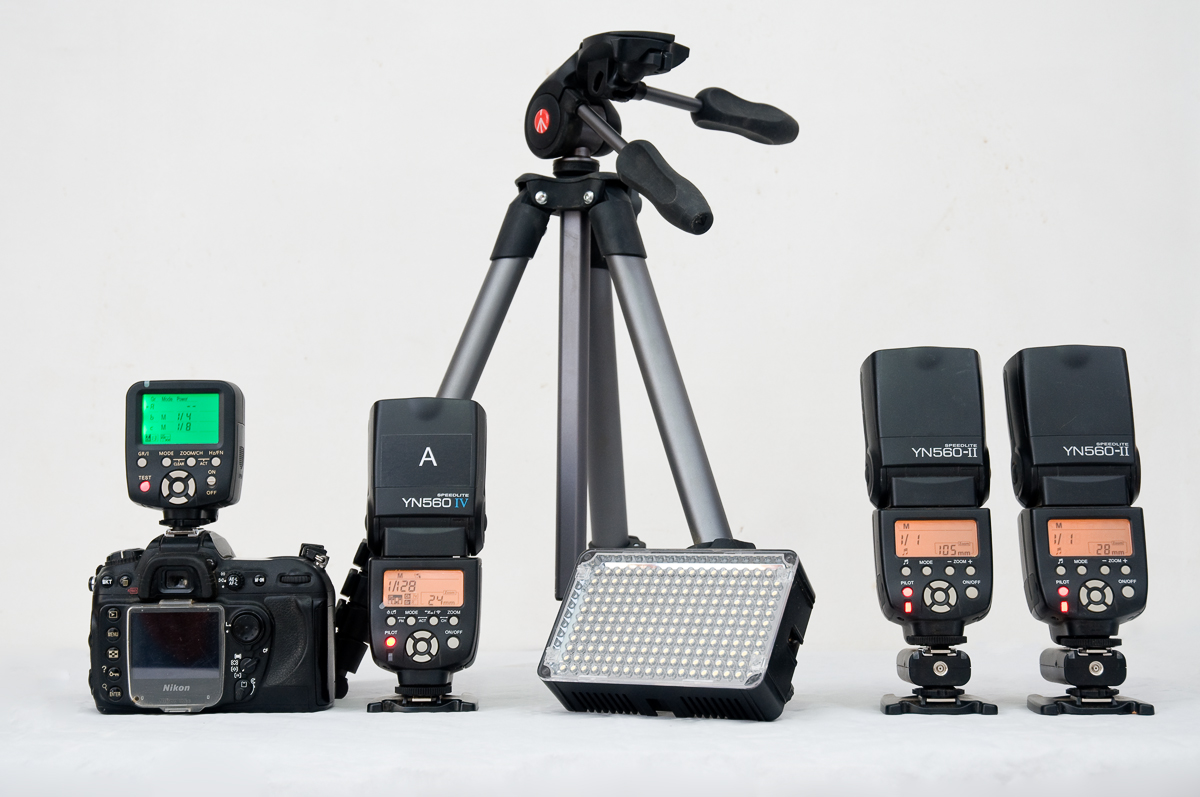 A glimpse of the material needed.
A glimpse of the material needed.
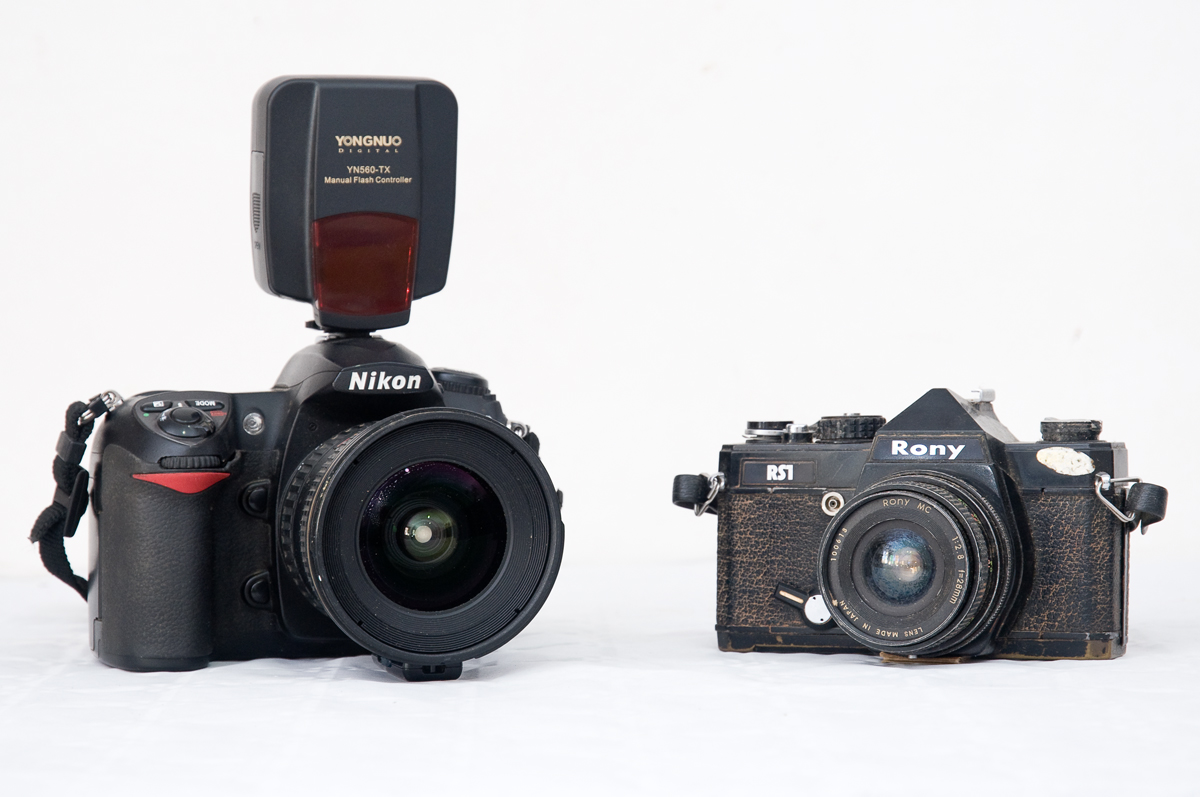 A digital camera has many advantages but is heavier and more cumbersome than the old analogue cameras.
A digital camera has many advantages but is heavier and more cumbersome than the old analogue cameras.
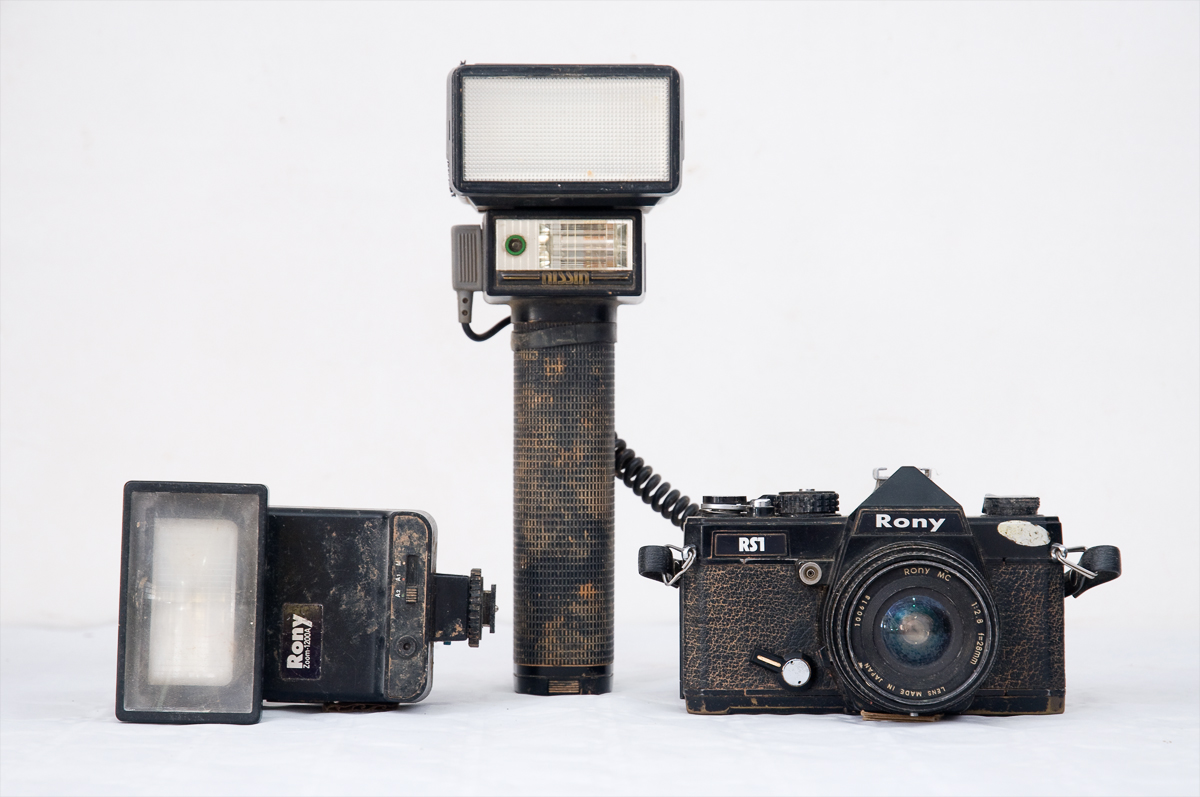 The vintage setup. You can tell that this material has been heavily used.
The vintage setup. You can tell that this material has been heavily used.
A good photograph depends in the first place on enough light. Only flashlight can provide this. If a photographer wants to light up a large area he needs at least three to five flashes. Wireless flash triggers are much better than infra-red systems. There are many affordable systems available and they are very efficient.
A tripod is also an accessory of interest. It should be a light weight and robust one.
More about the lighting when exploring caves in the second part of "Shooting in the dark".
 | Write |
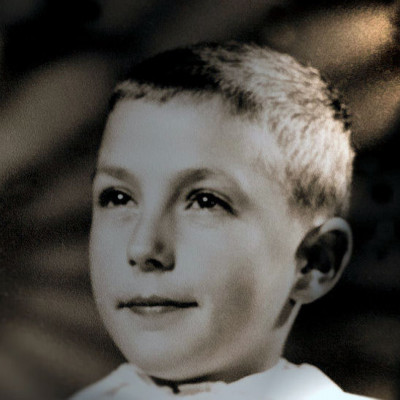 | Thierry Dufour PRO Merci Christian pour ces explications qui éclaire ma lanterne sur ce genre de photographies vraiment sportives. Tes photos sont toujours un régal, voyager dans un "autre monde" me laisse rêveur tout comme découvrir ces endroits vierges de quelques millions d'années. Félicitations Christian, amitiés de l'Ardèche :) |
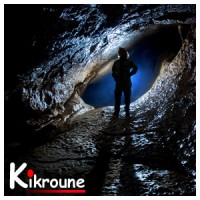 | Christian Roustan (Kikroune) Merci Thierry, c’est un plaisir pour moi de pouvoir partager ici cette passion pour la spéléologie. Amitiés, Christian. |
 | Yvette Depaepe CREW Most interesting article, Christian !!! A whole "dark" world to discover ... Cheers, Yvette |
 | Christian Roustan (Kikroune) Yvette, thank you very much for allowing me to share my passion for caving with this wonderful community of photographer. For me it is a great honor that delights me, thank you again dear Yvette. |